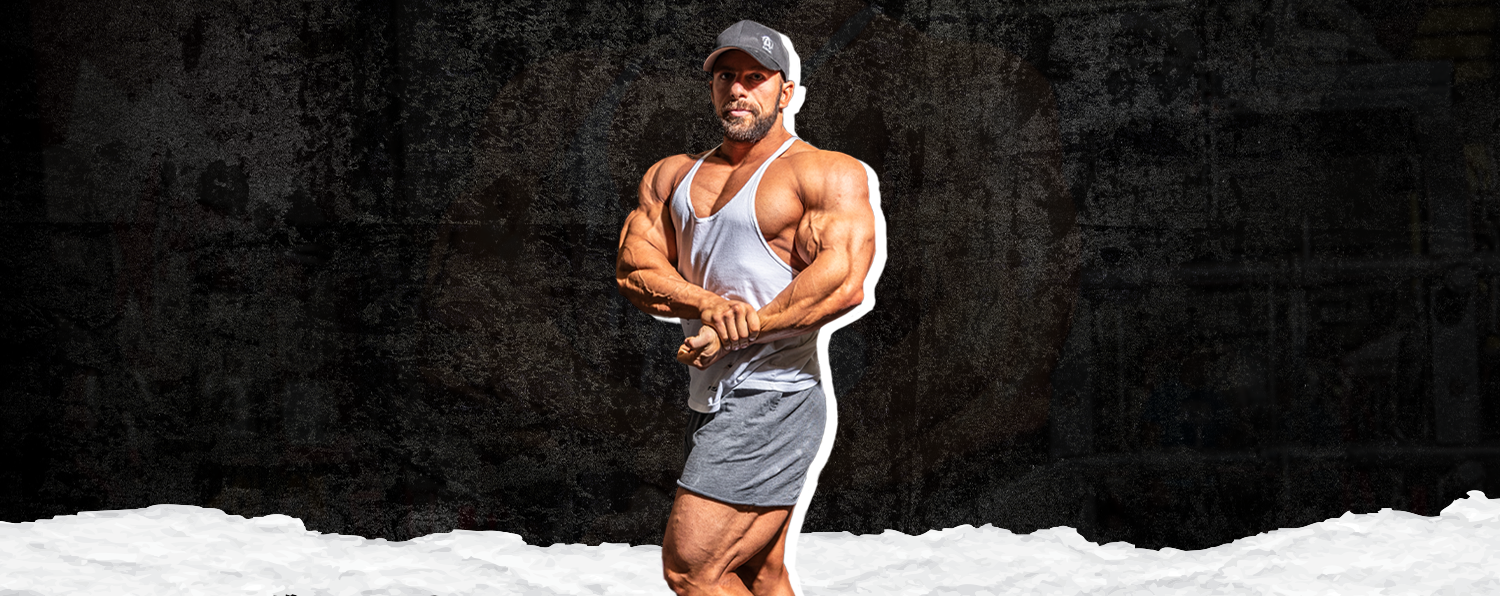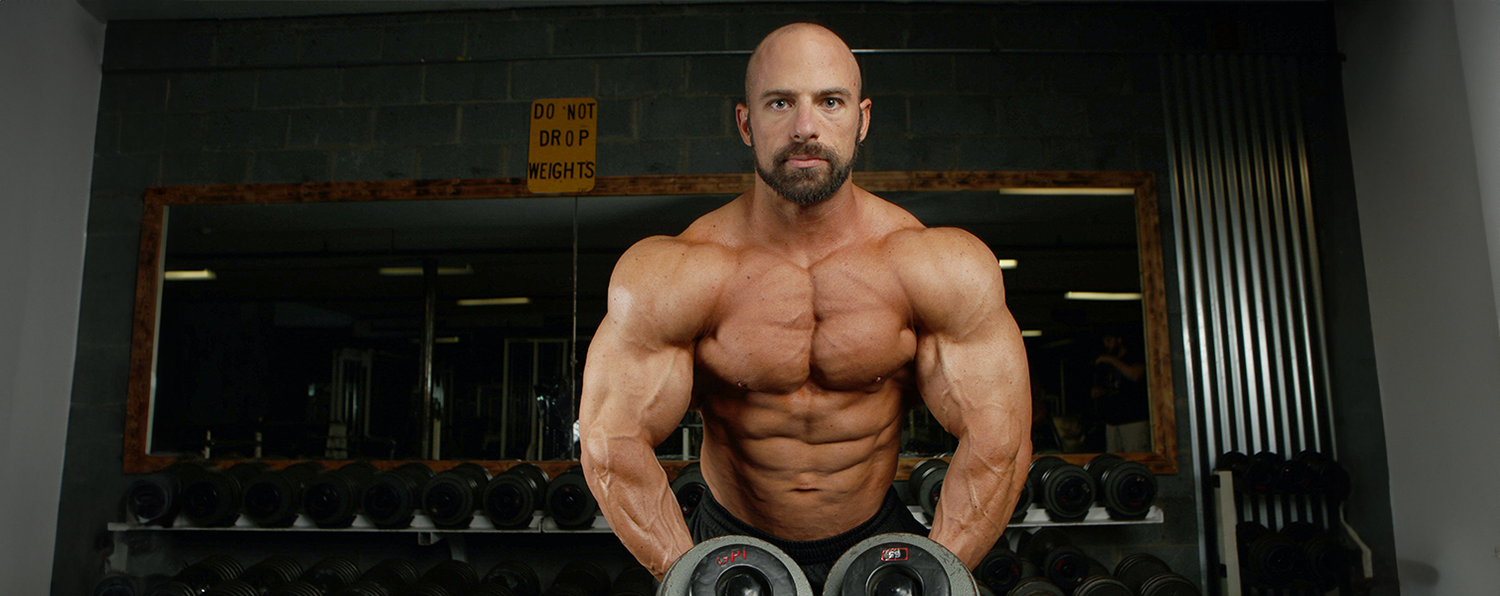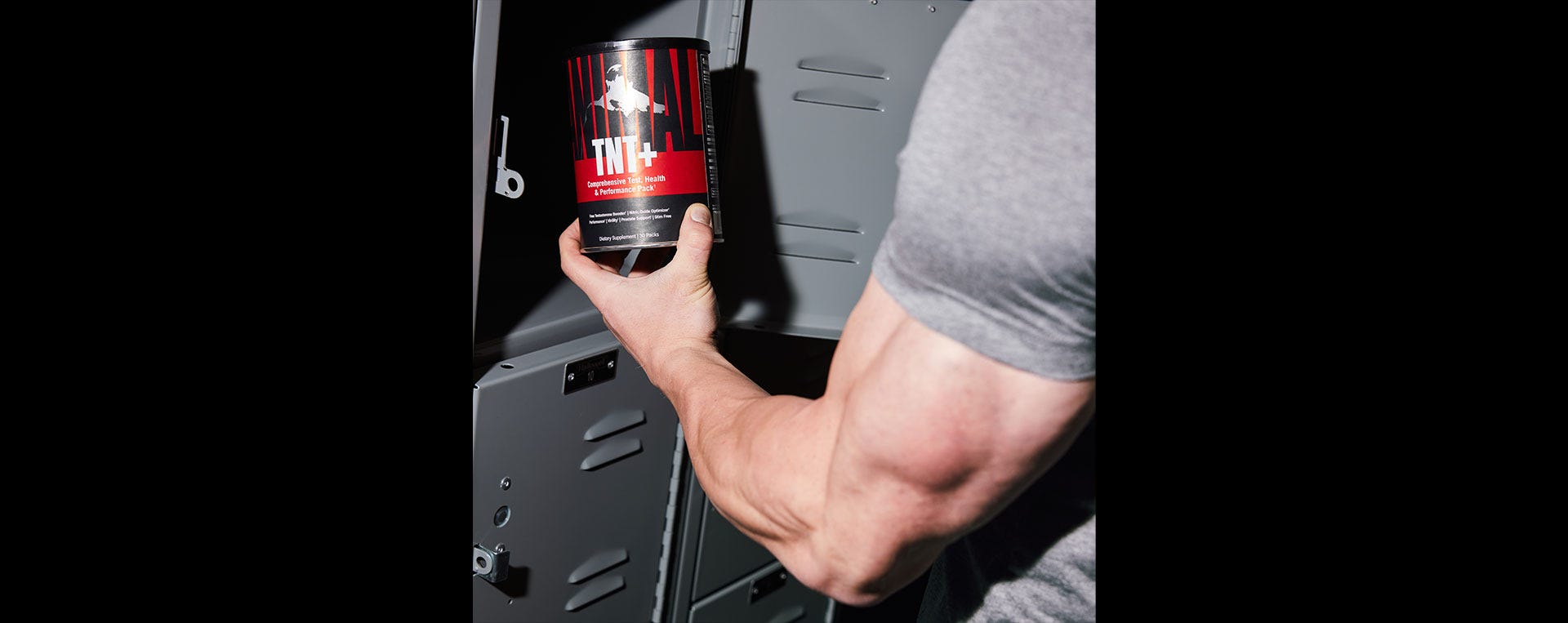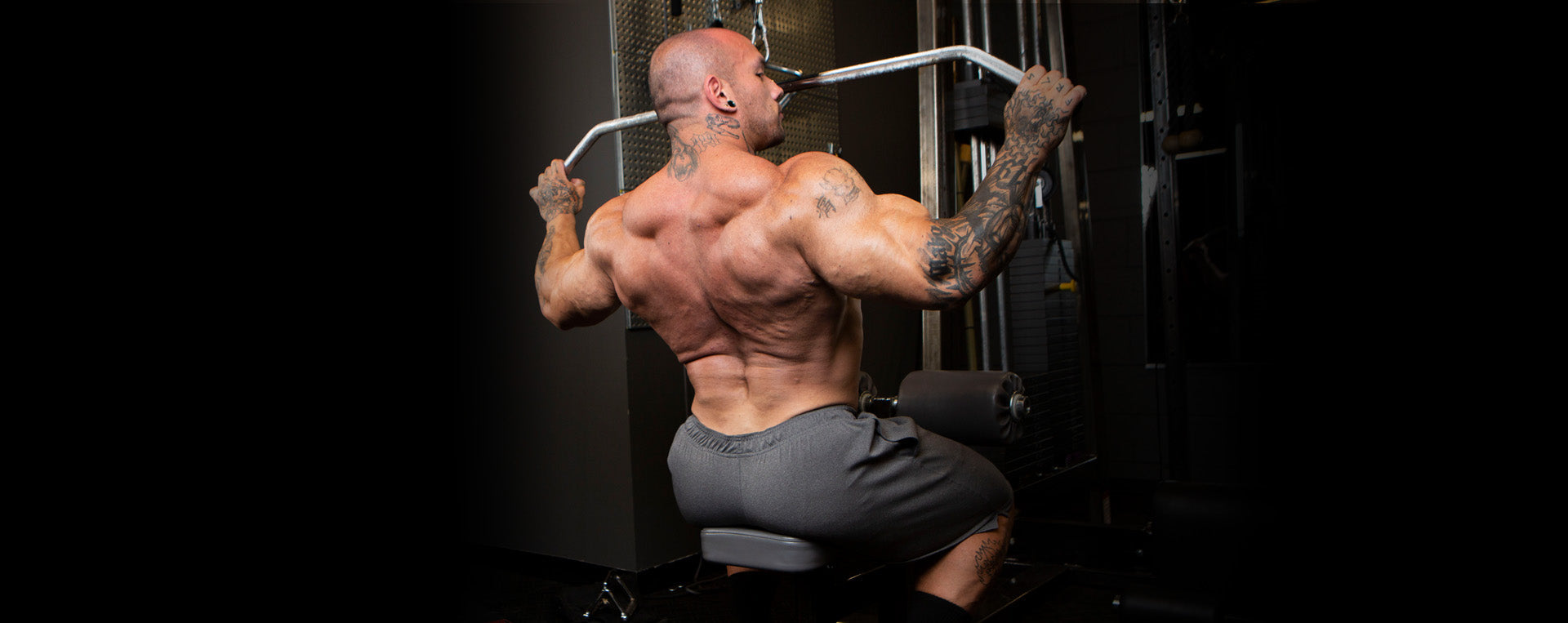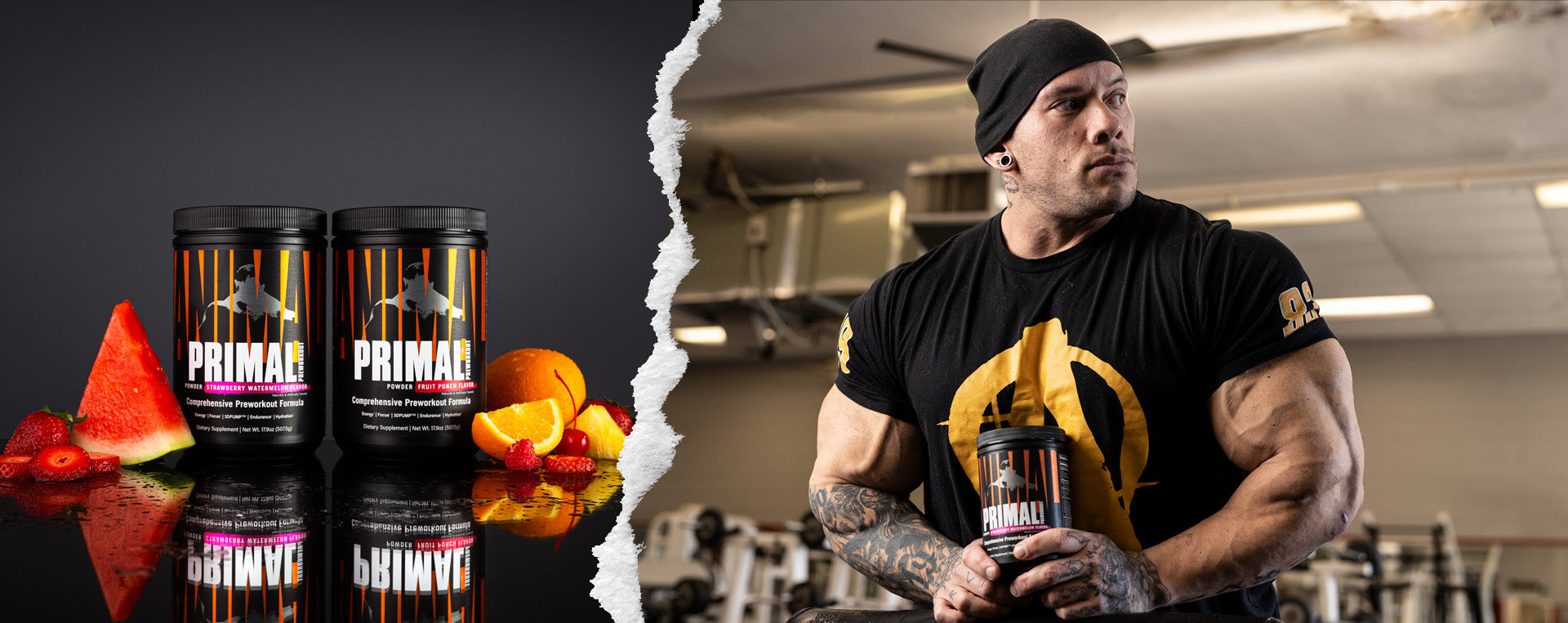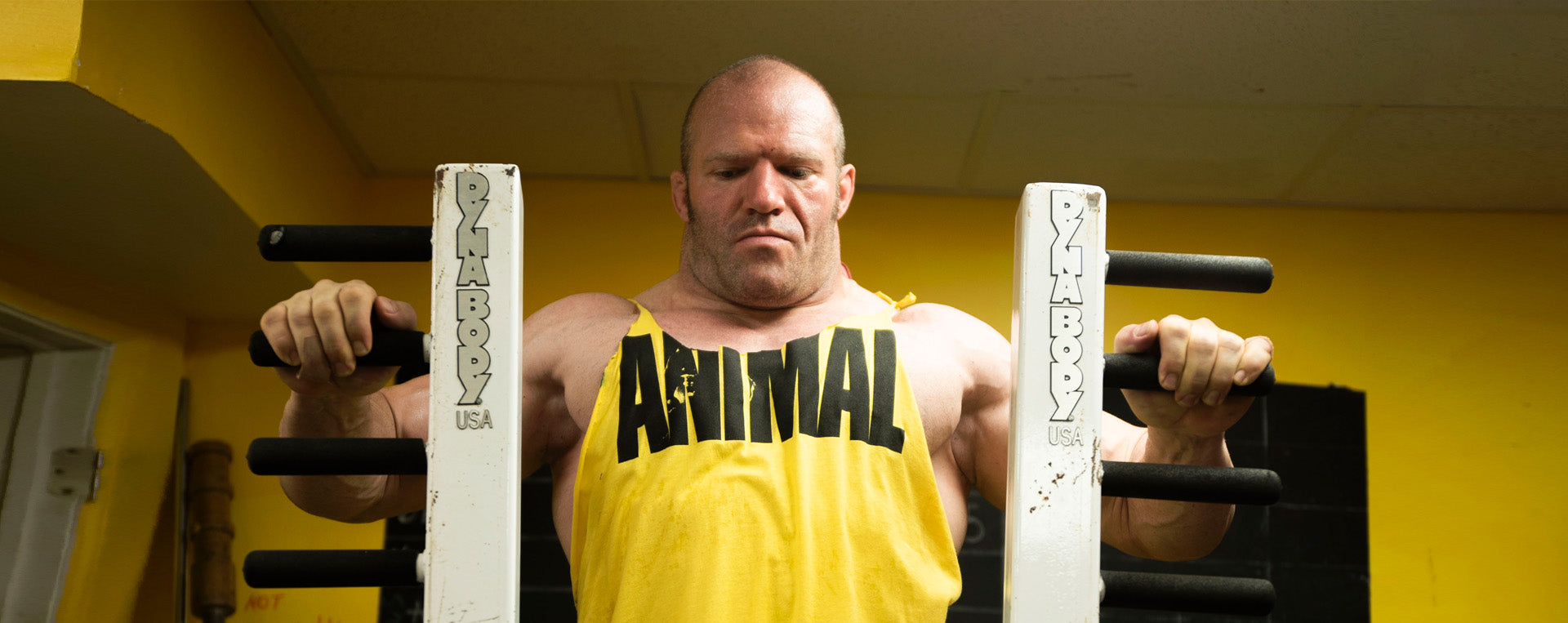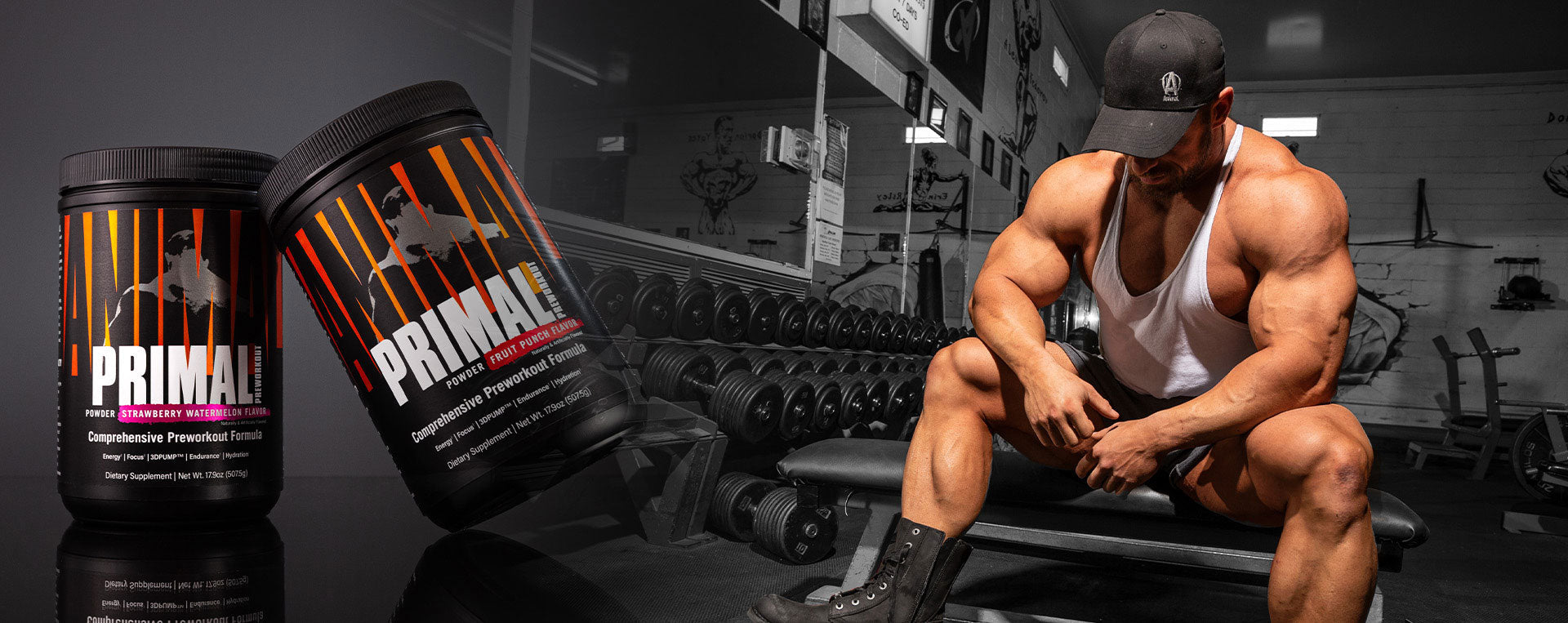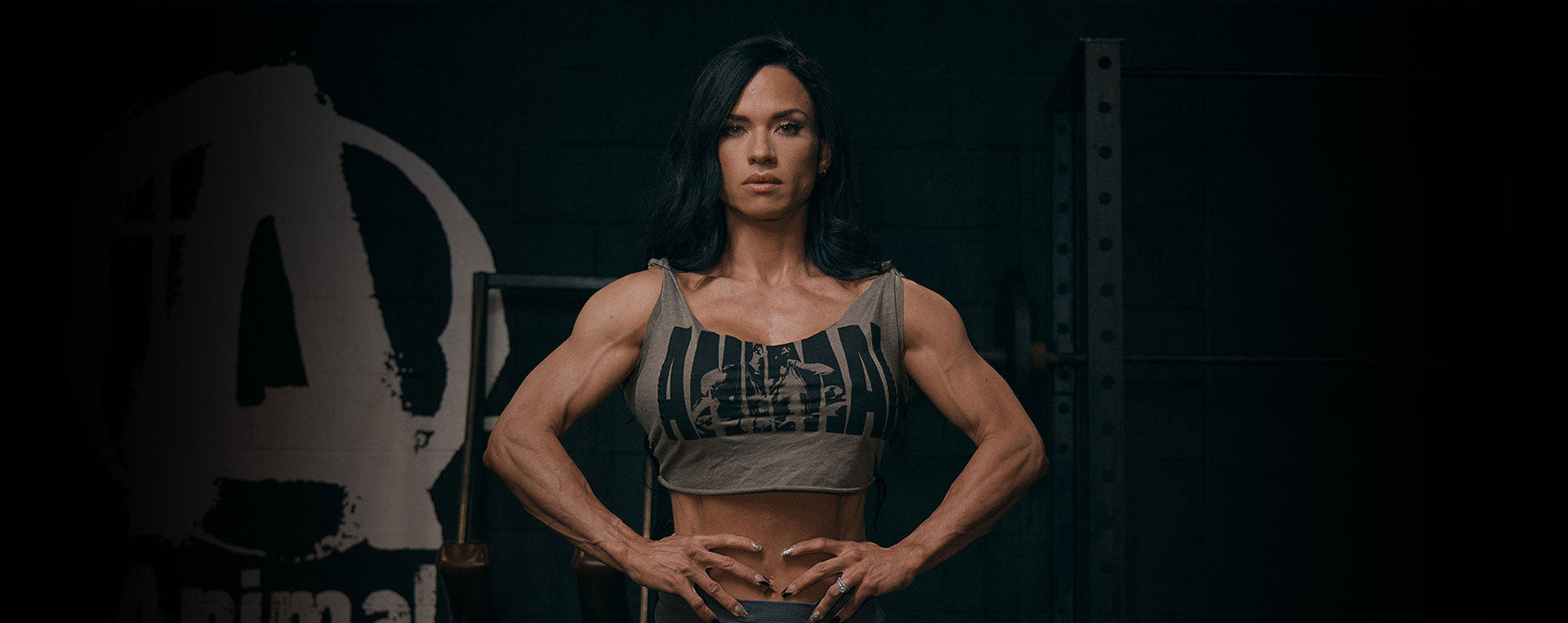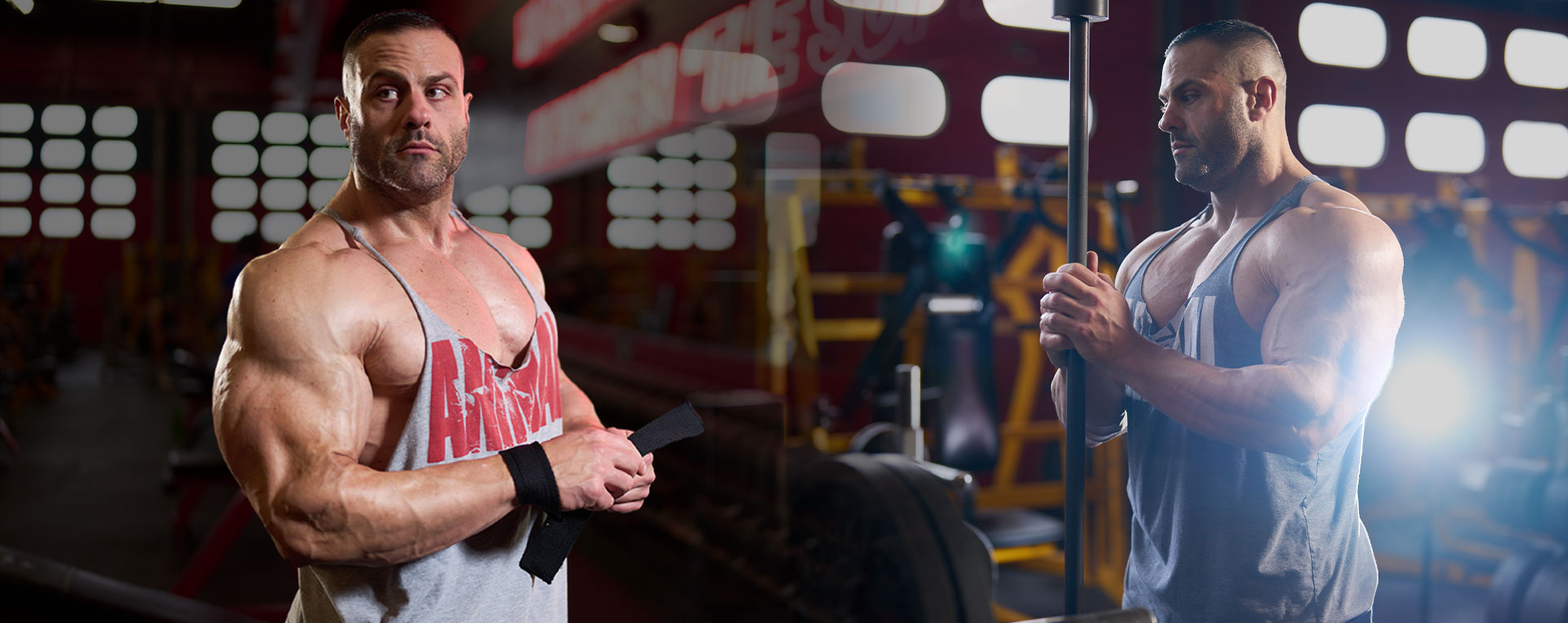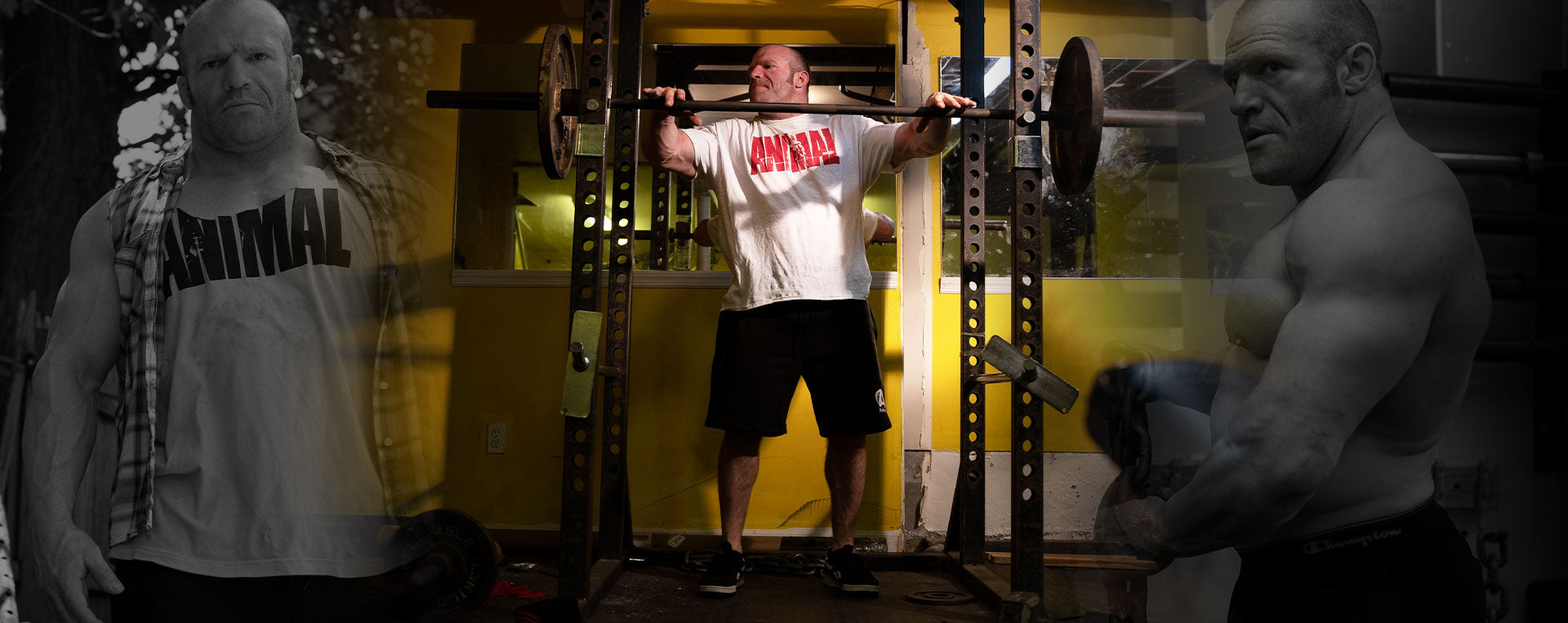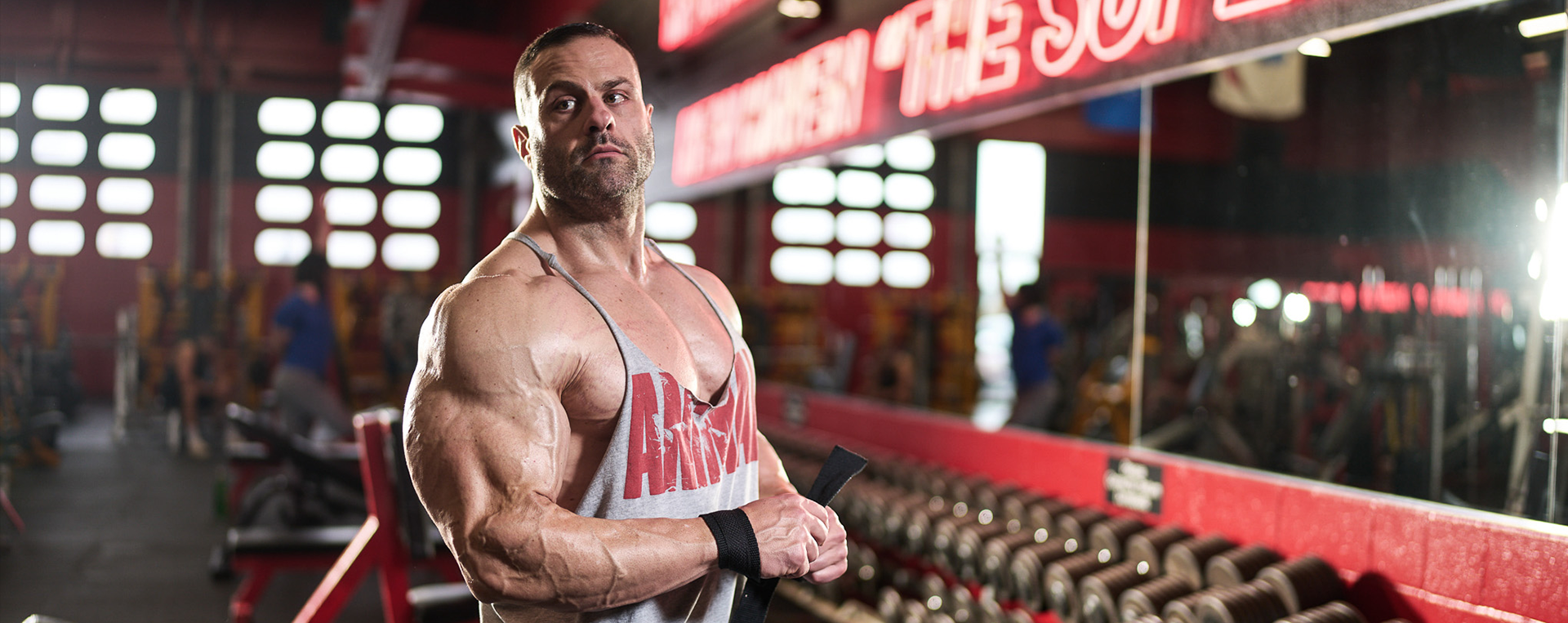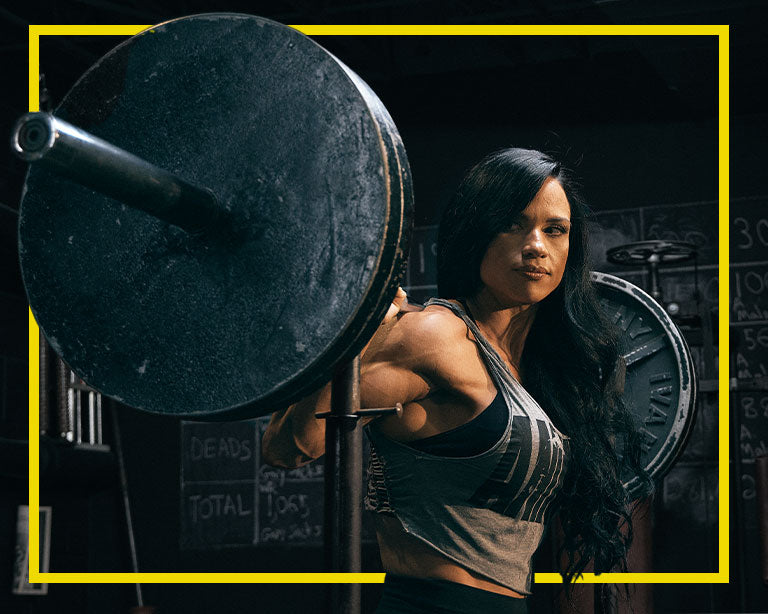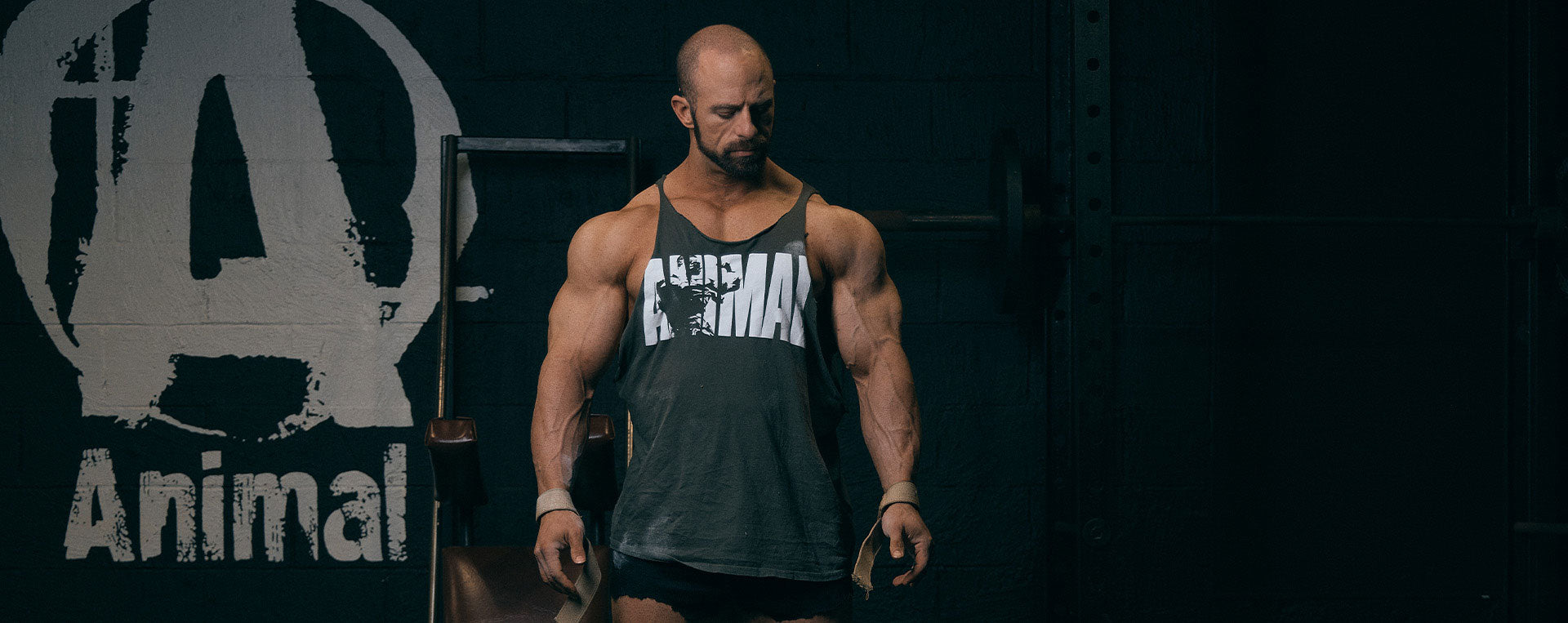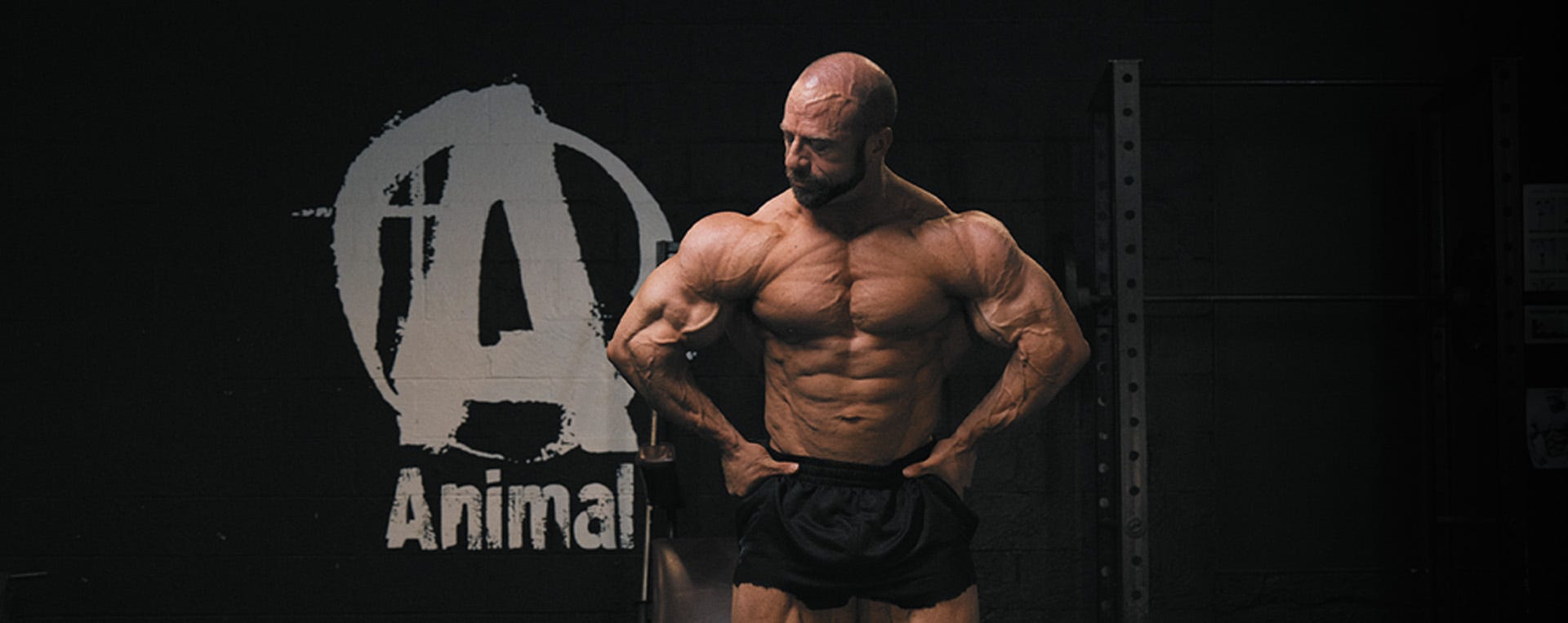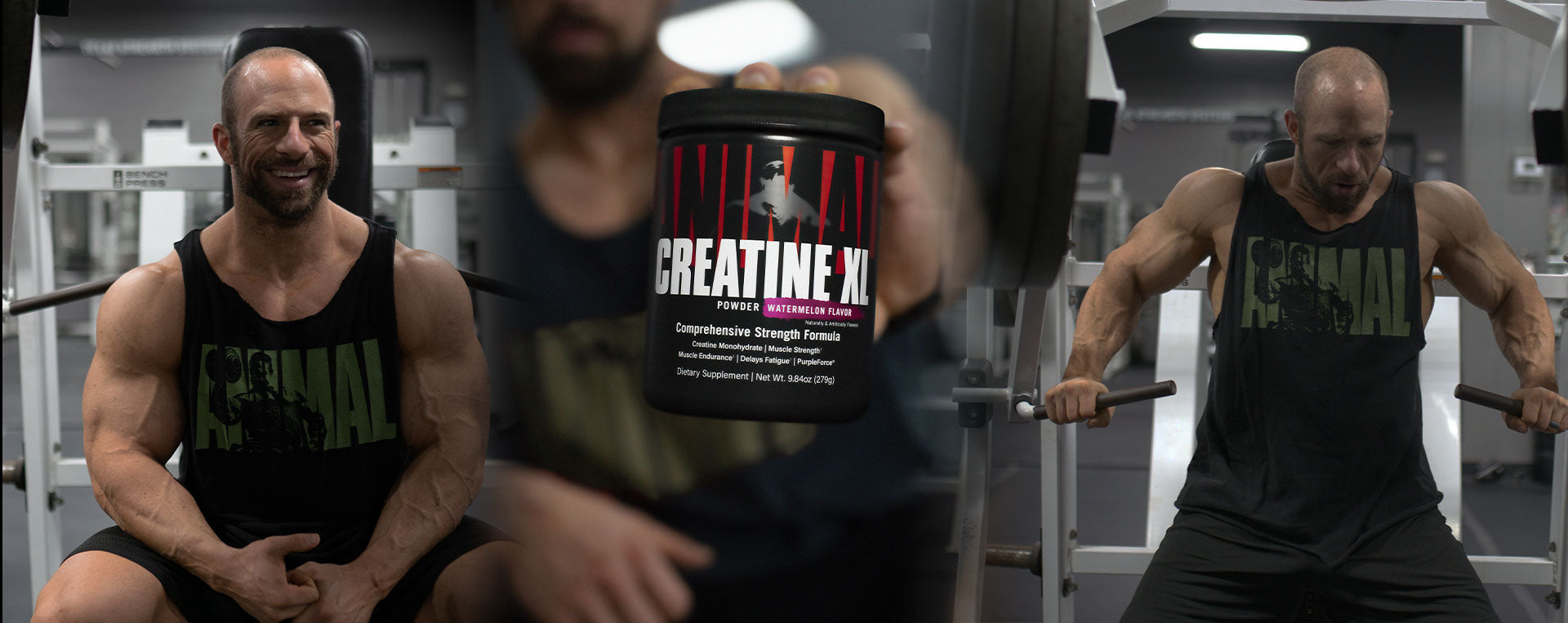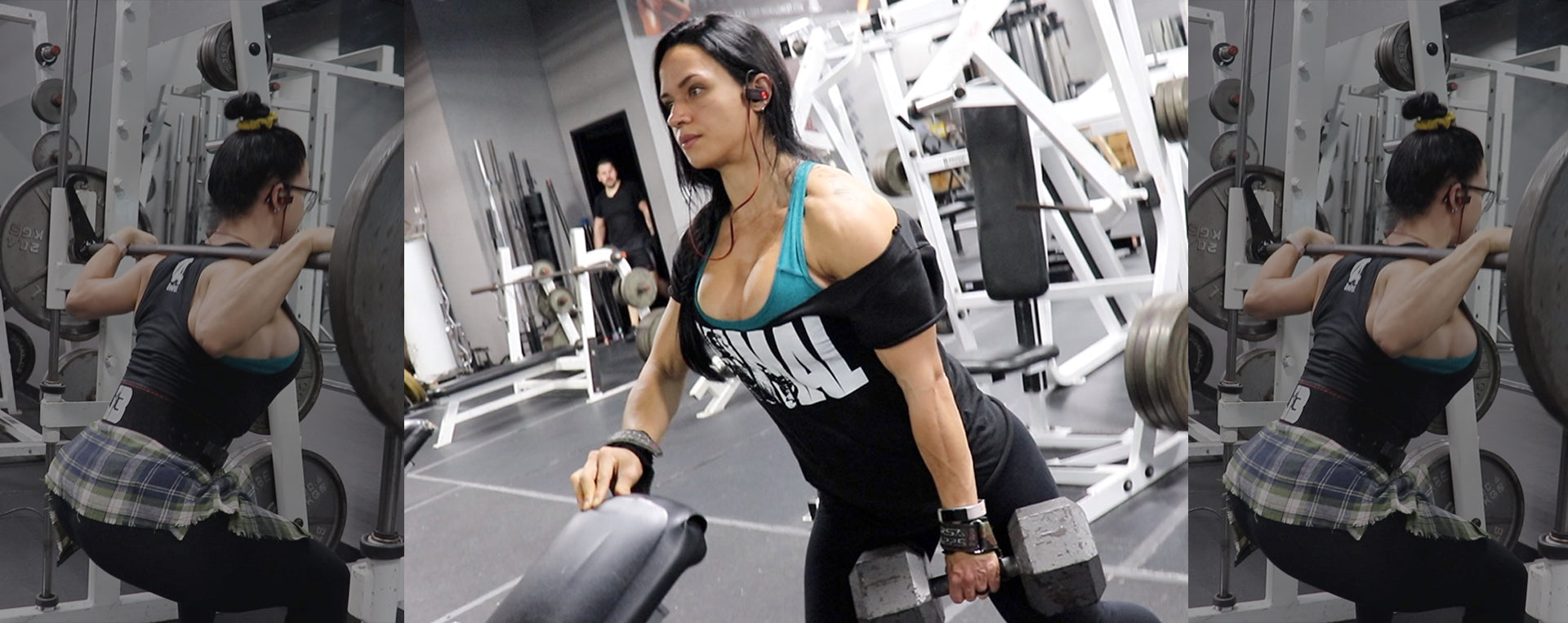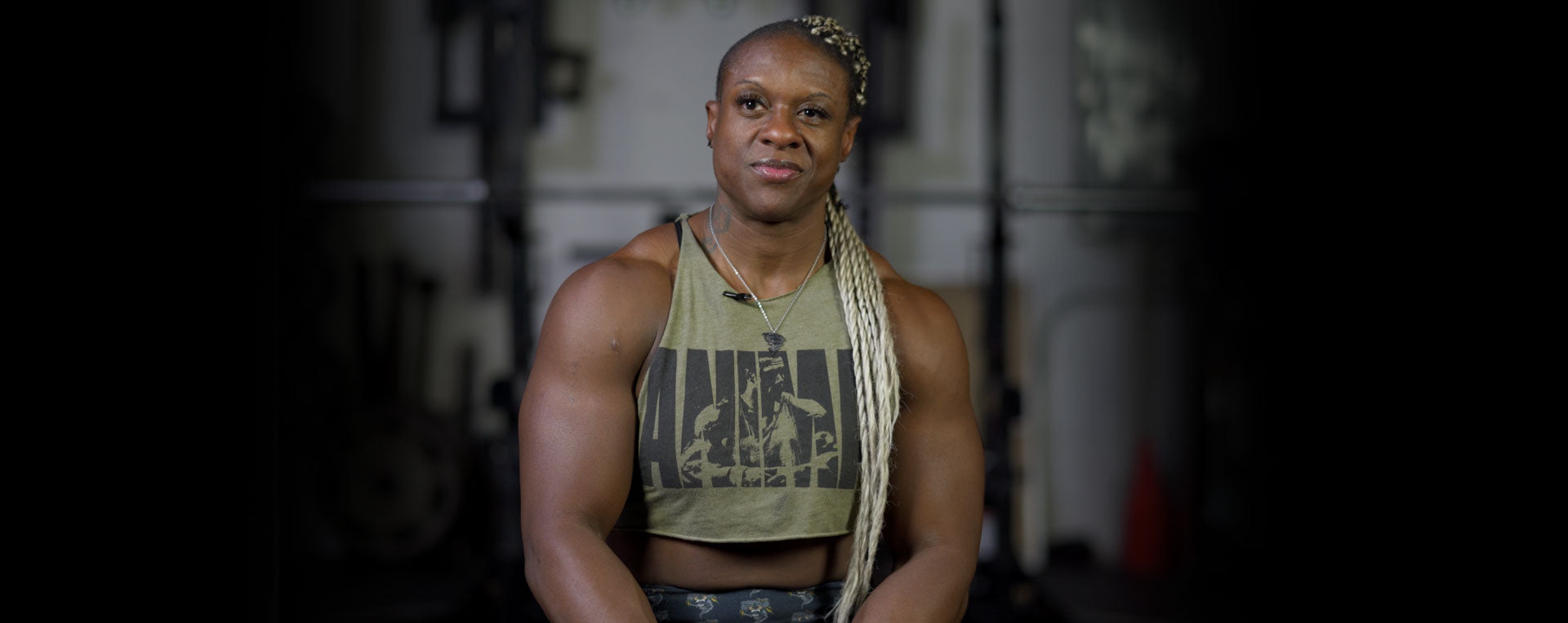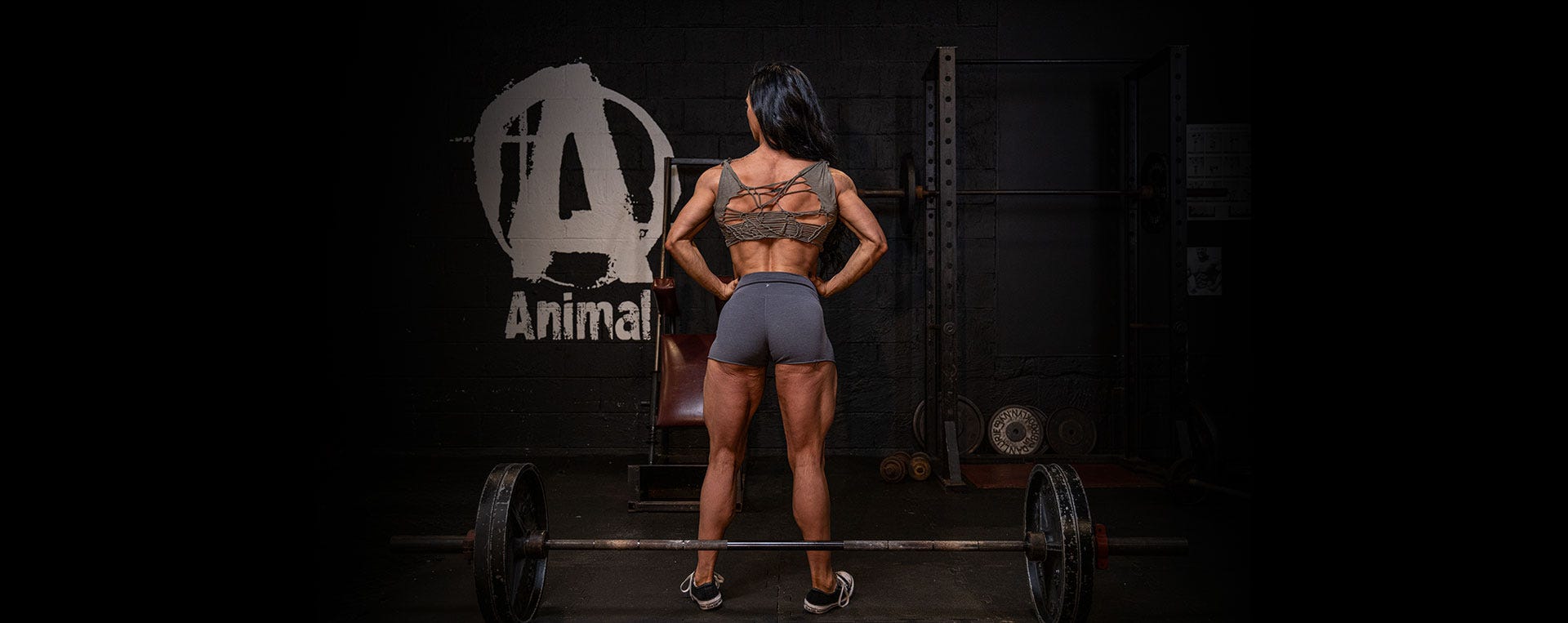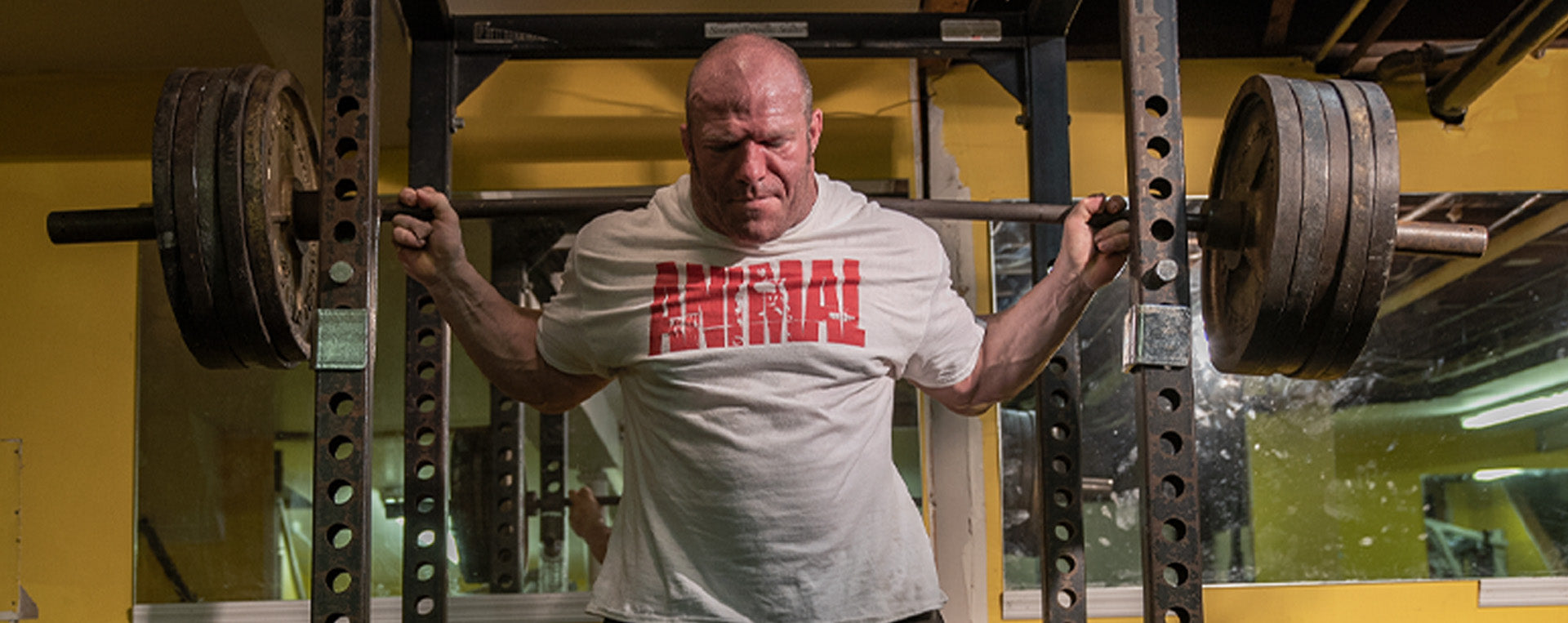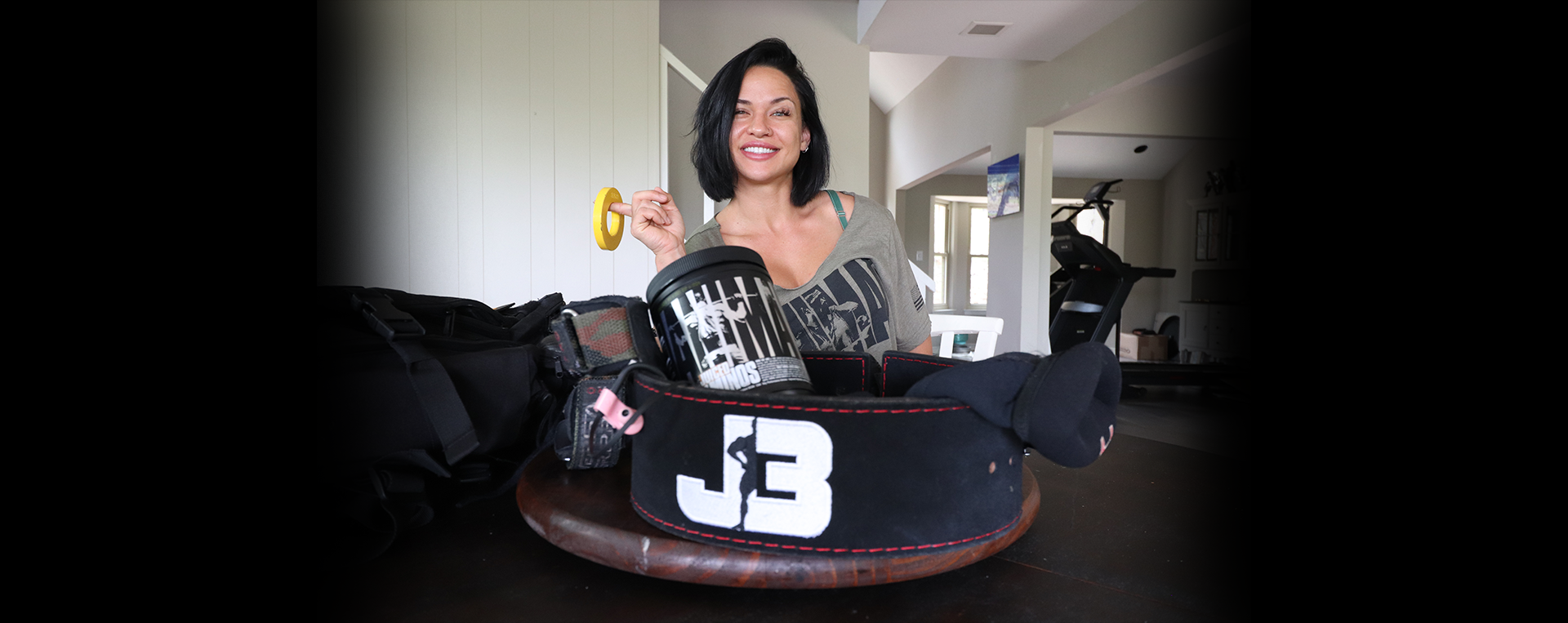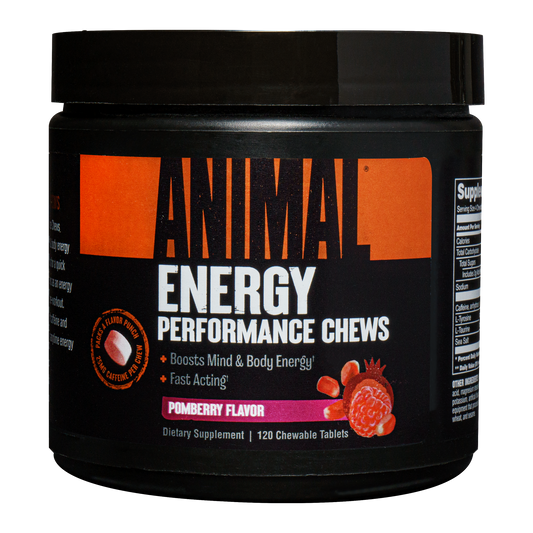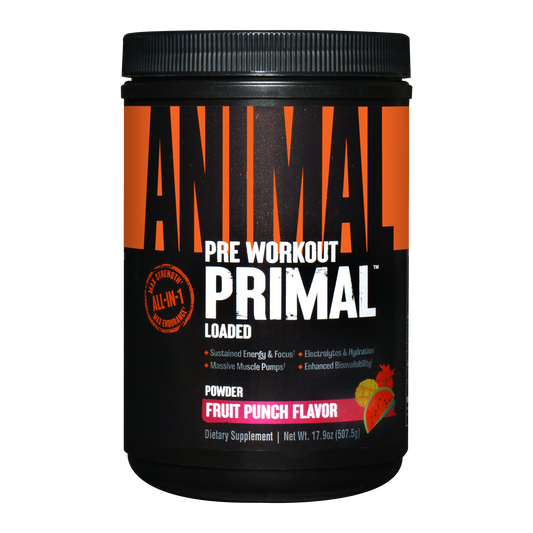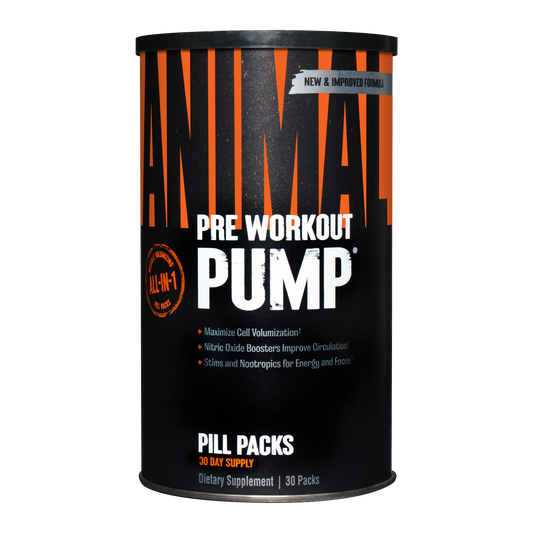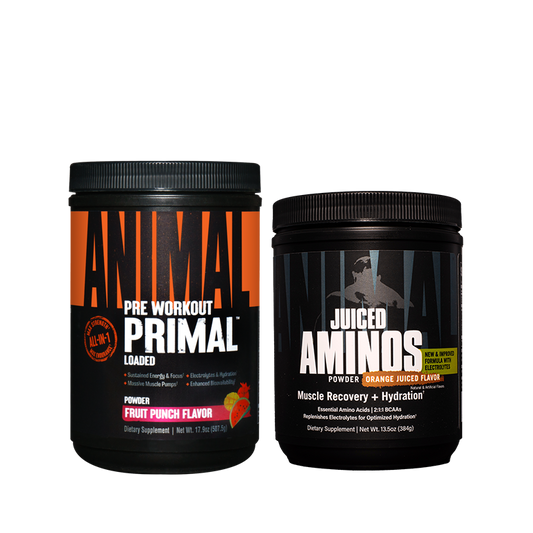Nothing screams “I’m a bodybuilder!” like having a huge back. Ask anyone to imitate a bodybuilder and chances are they will hold their arms out to their sides and waddle around, insinuating their lat muscles are too big to put their arms down. Along with legs, building a big back is also a way to earn respect in the bodybuilding community. Why? Just as with leg training, proper back training is grueling, intense, and requires a fair bit of knowledge of exercise mechanics. You can’t half ass back training and end up with an Olympia-caliber back.
Tip #1: Learn Your Muscles and What Works for Them
My back happens to be one of my physique’s strongest attributes. I didn’t always have a great back, but I’ve always had a well thought out strategy as to how I was going to build a great back. That’s my main tip for building a good back: learn each individual back muscle and their function, what exercises work well for each, and how modifying the angles or positions of certain parts of your body affect the exercise.
Is this exercise going to thicken my lats? Should I feel this movement in my trapezius? How do I make my lats wider? You also want to determine what variations/grips emphasize certain areas of the back. What happens when you do a bent row with your elbows flared out to the side and pull to your sternum? What happens when you use an underhand grip and elbows in and pull to your waistline? All of these variables should be taken into account when trying to establish a good back routine.
You need to learn to plan a routine that stimulates all areas of the back: the trapezius, teres major/minor, rhomboids, latissimus dorsi, and the spinal erectors. Study exercise science, watch credible YouTube channels, or hire a professional to teach you proper movements and techniques.
Tip #2: Work on Mind-Muscle Connection
All of the knowledge in the world won’t build you a good back unless you can “connect” and “feel” the muscle working during an exercise. It’s simple to move the bar from point A to point B, but it requires skill in order to move the bar using primarily the targeted muscle.
For people who have trouble making a mind-muscle connection with back exercises, they should start light and slow, and attempt to feel the target muscle contract and stretch. Every set, increase the weight a little more, and continue to focus on the contraction and the stretch under the load. Begin your training sessions with movements you feel the most. When you have a pump in the designated muscle, it’s much easier to feel subsequent exercises.
Tip #3: Stress Heavy Free Weight Exercises
The foundation of your training should be around things like barbell rows, dumbbell rows, deadlifts, and pull-ups. It’s easy to get caught up using all of the fancy machines, but there is something about moving heavy slag iron that builds the biggest, thickest backs. Look at Ronnie Coleman and Dorian Yates—both rowed behemoth weights and both had some of the most dense, detailed backs of all time. Include free weight basics in your program, especially if you are just starting out.
Tip #4: Use Straps or Something Similar
This is bodybuilding; judges don’t care how strong your grip is. When rowing or pulling heavy weight, you don’t want your forearm strength to be the limiting factor of how far you can take your set. Typically, your forearms will give out before your back muscles do. Strap up and pretend your arms are hooks. Straps will allow you to forget about everything from the elbow down and you can simply focus on driving your humerus down/back into the fully retracted position.
Tip #5: Target Various Angles
Lastly, make sure you are pulling from a variety of angles and hand positions. You can’t fully train every muscle in your back by doing nothing but rows in a training session. You wouldn’t want nearly all of your back session to be overhead pulling either. Generally, I select about 2 rows and 2 overhead pulling movements, and end the session with a shrug variation. A typical back session for me looks like this:
- Wide Grip Weighted Pull-ups: work up to 1 working set of 8 + a back off body weight set to failure
- 1-Armed Barbell Rows: work up to 1 working set of 8 on each side
- Bent Barbell Rows: work up to 1 working set of 8
- Medium Grip Overhand Pulldowns: work up to 1 working set of 8 + 2 drop sets to failure
- DB Shrugs: work up to 1 working set of 12



